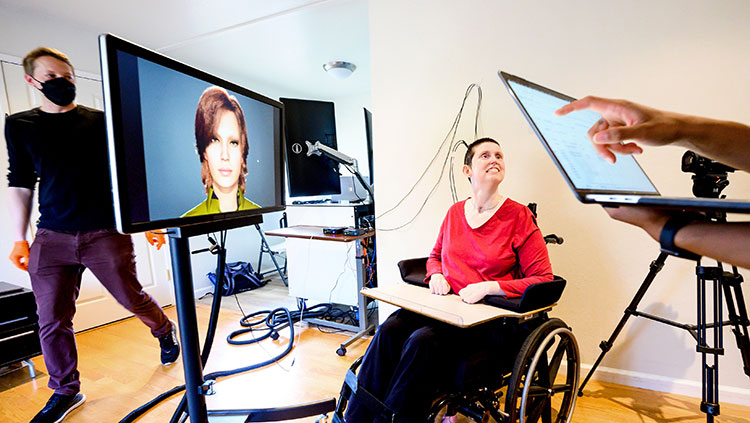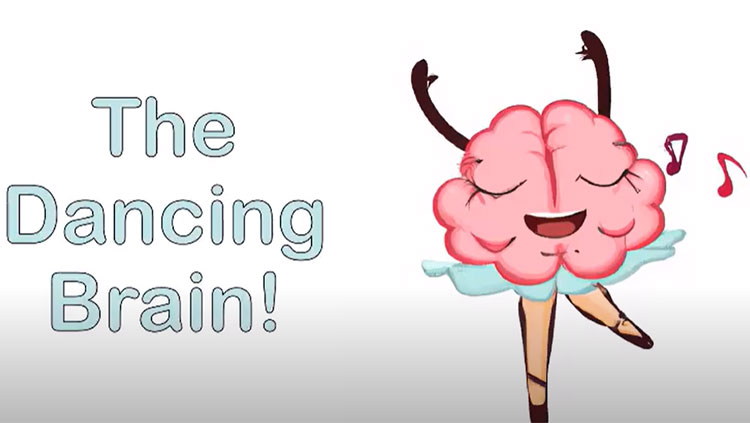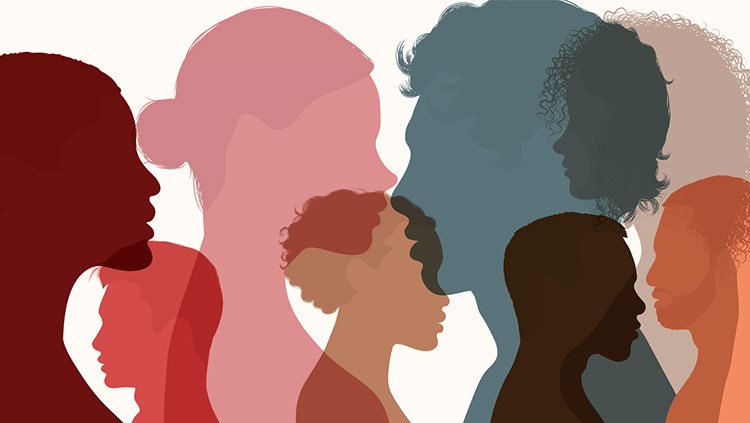The Brain Divide: A Hemispheric Hoax?
- Published12 Nov 2024
- Source BrainFacts/SfN
People sometimes identify as “left brained” or “right brained,” but does that distinction have any basis in neuroscience? Our brains are indeed split into right and left hemispheres. Those hemispheres are connected by a tract of white matter dubbed the corpus callosum, which transfers information between the two.
It’s true the brain’s right and left sides carry out different functions. The left hemisphere, for example, takes in sensory information to control the right side of the body, and vice versa. Both hemispheres serve different purposes during certain tasks, like reading or doing math. Researchers have also discovered plenty of structural and functional asymmetries between the two. But ultimately, neither hemisphere is truly dominant, so identifying with one over the other doesn’t quite reflect what’s going on in your brain.
This is a video from the 2024 Brain Awareness Video Contest.
Created by Anjali Walsh.
CONTENT PROVIDED BY
BrainFacts/SfN
Transcript
So, you're back on BuzzFeed, searching for a cure to your seemingly never-ending boredom by scrolling aimlessly through quizzes. When one finally catches your eye.
It claims to be able to tell you what type of person you are — your personality, your learning style, your likes and dislikes — just from assessing the hemisphere of the brain you use more.
You hesitate. That can't be true, can it? How would they know everything about you just because you tend to use one hemisphere more, if that's even true?
To begin, let's break down some of the general gross anatomy of the brain.
Our brain is split down the middle along a deep groove called the longitudinal fissure, forming the left and right hemispheres. The two hemispheres are connected by a dense region of neuronal axons that form white matter tracts to transmit information from one hemisphere to the other. This structure is called the corpus callosum, located in the midbrain.
The two hemispheres of the brain do, in fact, have lateralized functions that pertain to just the right or left side.
The most prominent example of this is the control of motor functions, especially being right- or left-handed. The human brain serves contralateral functions, meaning that our left hemisphere receives sensory information and uses it to control the right side of the body, while the right hemisphere receives sensory information and uses it to control the left side of the body.
Due to the majority of individuals being right-handed — an estimated 70 to 95% worldwide — previous scientists had named the left hemisphere the dominant brain region, as it was typically in control of dominant motor functions, and the right hemisphere the non-dominant, or minor hemisphere.
However, with continued research, scientists have found that each hemisphere plays a significant role in different tasks, and in fact, most functions use a combination of information from both hemispheres.
Scientists were able to further understand the necessity of transferring information from one hemisphere to the other by studying patients with damage or improper formation of the corpus callosum, forming the split-brain model in which the two hemispheres had to function separately from one another.
One example was a 50-year-old patient who suffered a traumatic brain injury to the corpus callosum in a car accident, causing symptoms of impaired visual recognition, decreased control of motor function on both sides, and apraxia. Similar observations were recorded in newborns with corpus callosum agenesis, meaning they hadn't properly developed their corpus callosum.
Despite the two hemispheres working closely together in a typical brain formation, there are both structural and functional asymmetries between the two hemispheres that have been noted.
One of the first examples discovered of these differential functions was the role of the left hemisphere in language.
Physician Paul Broca observed individuals that had damaged an area of the brain in the frontal lobe, later named Broca's area. He noticed that these patients had a deficit in speaking, reading, and writing, though their language comprehension remained unchanged.
This was built upon by later German physician Carl Wernicke, who observed patients with damage to an area between the temporal and parietal lobes in the hindbrain, producing speech that resembled fluent language but was actually meaningless. These patients would either use made-up words or substitute words in places that did not make sense. The region of the brain was later named Wernicke's area for his work.
Since both Broca's area and Wernicke's area are found in the left hemisphere of 95% of people, the left brain has been labeled the hemisphere primarily in charge of producing and processing speech, though the right hemisphere still plays a role.
Still, there are many other functions that are also lateralized. The left hemisphere is typically labeled more analytical and logical, while the right is labeled more creative due to the different tasks that they take on. For example, while reading, the left hemisphere tends to predict word combinations, while the right hemisphere creates imagery in response.
In math, the left hemisphere is better at memorizing verbal information, like counting or reciting multiplication tables, while the right hemisphere is better at estimating.
This brings us to the popular conception that has entered into mainstream culture: the idea that individuals are either right-brained or left-brained, and the hemisphere they rely on will determine what type of person they are. Is this true?
Though the two hemispheres do dominate different mental tasks, there is typically no overall dominant side. A 2013 study that assessed 3D brain scans of over 1,000 brains found that brain activity is present in both hemispheres during most tasks.
We still don't know everything about the hemispheres and how they work, but scientists are learning more every day to break down common misconceptions, such as the one we covered.
So, the next time BuzzFeed tries to scam you with false information about who you are, you won't be one to fall for it. Remind them that you're a budding neuroscience expert who knows the truth of our two hemispheres.
Also In Anatomy
Trending
Popular articles on BrainFacts.org

















